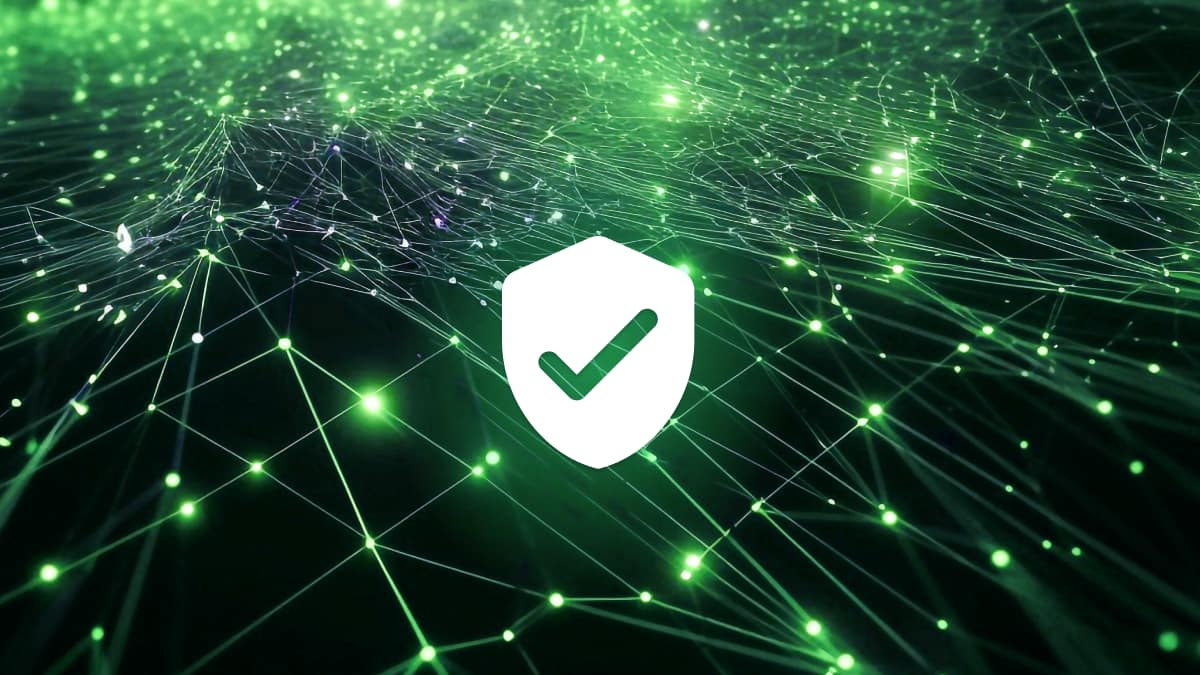Digitalization has, undoubtedly, been revolutionary for the education sector. Remote learning opportunities, cloud apps and even virtual reality present innovative and novel ways for students to learn.
However, the rise of technology within schools has not come without its challenges – especially when it comes to cybersecurity. With K-12 institutions producing and storing more data than ever, our nation’s education system has become a top target for malicious actors.
Research shows that, each year, K-12 schools suffer an ever increasing number of cyber-attacks. And most do not have the infrastructure or resources in place to effectively defend themselves.
With budgets tight and attacks on the rise, many schools find themselves in a vulnerable position. They know they must bolster their cybersecurity defenses, but they’re not sure how to do it.
If this sounds like you, we’re here to help. Read on to discover how to improve data security in your school quickly, efficiently and cost-effectively.
The major cybersecurity threats to K-12
To best protect your organization from cyber-attacks, it’s first vital to understand the major threats you face. With that in mind, here is an overview of the top risks to K-12 organizations.
Data theft
Inherently, education systems are awash with sensitive student and teacher data: personally identifiable information (PII) like social security numbers, names, addresses and more. This information is extremely lucrative for malicious actors, who can use it as the basis for online fraud, phishing scams or even sell it on the dark web.
Cloud compromise
Before the pandemic, safeguarding K-12 data used to be quite straightforward. Many schools relied exclusively on in-person, classroom based learning. In these days of paper-based resources and handwritten assignments, the average school’s attack surface was much smaller. Data tended to stay on premises, safe within an internal network.
But now, as schools embrace digital learning and, particularly, cloud applications, the potential entry points for malicious actors is proliferating. Any internet-based resource can, if not properly secured, enable attackers to break into the education environment.
More troubling still is the fact that these online apps often contain troves of sensitive information relating to students and teachers. If a hacker, for example, managed to break into a teacher’s Google Workspace account, they could potentially download tons of documents containing pupils’ private information, and then use this for fraud or as the basis for more targeted attacks.
Misconfigurations
Another threat relating to cloud apps is the risk of misconfigurations, whereby a student, teacher or other member of faculty accidentally leaves private documentation exposed to the public internet. These misconfigurations are extremely common across sectors. It’s all too easy to accidentally click the wrong setting when creating or editing a cloud document.
Vulnerabilities and outdated security systems
Many schools still rely on outdated security solutions, built to protect the traditional network perimeter. However, the network as we know it doesn’t really exist anymore. Cloud apps have pushed sensitive information outside of the school’s physical walls, rendering the network and its associated security protections almost obsolete.
Without the right tools in place to protect data in the cloud, K-12 organizations leave themselves vulnerable to data theft and data leakage. In fact, they may not even realize they’ve suffered a breach until it’s months too late.
How to supercharge cybersecurity in your school
With the stakes higher than ever, it’s vital that schools take urgent action to improve their cybersecurity resilience. But knowing you need to enhance cybersecurity and knowing how to do it are two very different things.
As a recent report from CISA notes, many schools feel overwhelmed and confused by the cybersecurity resources and tools available today. They don’t feel like most advice is specific and tailored enough for education systems.
Cost is also another huge worry. Budgets are tight and IT resources are even smaller. Most education institutions don’t have the internal staffing or skills to develop or manage complex cybersecurity initiatives.
The good news is there is a way forward. As the above risks show, the most important thing for schools to focus on now is protecting sensitive information from data leakage and theft in the cloud apps pupils and teachers use every day.
To do this, education institutions must move away from network security tools to focus on cloud-based data loss prevention (DLP).
What is cloud-based DLP?
Cloud-based DLP is a form of security tool that protects sensitive information in apps like Google Workspace, Microsoft 365, Slack, GitHub, and more.
It achieves this by integrating a wealth of leading security capabilities, including identity and access management, along with data protection and redaction in cloud applications, to prevent unauthorized or suspicious users from misusing, editing or downloading sensitive data.
Here’s how our tool, Polymer DLP, improves security outcomes for K-12.
Data discovery and classification in a millisecond
We created Polymer DLP with pre-defined templates for a true “plug and play” security solution. Education organizations can install our no-code platform in just minutes and then watch it get to work autonomously.
Once installed, our tool uses artificial intelligence to quickly and automatically scan your cloud apps for signs of sensitive information in both structured and unstructured format. You can also add unique policies if you’d like our engine to discover and protect other forms of sensitive information.
24/7 monitoring of your sensitive data
Round the clock, Polymer DLP monitors your school’s SaaS applications 24/7, giving you granular visibility into where your sensitive information is, who’s accessing it, and any policy violations that it’s stopped.
Protection against credential compromise
Polymer DLP uses contextual authentication factors to protect sensitive information from malicious actors, unlawful access and compromise. Our engine looks at factors such as the user’s identity, the activity being performed, the nature of the data, and the file’s type and location to make a risk-based judgment.
In essence, this means that, even if a hacker breaks into one of your user’s Google Workspace accounts, they still won’t be able to steal any data – and you’ll be notified of the suspicious activity immediately so you can take action.
Supercharged incident response
Our engine knows your IT team is time-pressed, so its alert system is streamlined. Polymer DLP will take care of simple policy violations like a user making an error, but if it detects that someone could be trying to steal data, it will sound the alarm so you can take a closer look.
Educate users to improve security in the long-term.
Security education
We understand how important security education is to improving cyber resilience. We help your students and teachers become security champions, thanks to our helpful, friendly bot that integrates directly into the SaaS workflow.
When one of your users violates a security policy, our tool notifies them that the action has been blocked and explains why in a language that is easy to understand. Overtime, this approach is proven to dramatically reduce instances of risky data sharing.
Further actions to take
As well as deploying cloud-based DLP, we also recommend you look at a few more, easy-to-implement steps to bolster security in your school, including:
- Embrace multi-factor authentication on all student and teacher cloud accounts. MFA helps reduce the likelihood of credentials compromise.
- Implement a patch management process to discover and remediate potential vulnerabilities in software and hardware early on.
- Backup your systems regularly, and undertake regular backup inspections to ensure your process is working as it should.
- Develop a cybersecurity incident response plan. We’ve written a handy guide on incident response here
All in all, the outlook for the education sector is bright. Digital tools are an amazing way to boost learning outcomes and student engagement. However, digitalization without cybersecurity innovation leaves K-12 institutions vulnerable to malicious exploitation. So, bolster your school’s cyber resilience today with cloud-based DLP.
Ready to get started? Try our free risk scan for Google Workspace.










